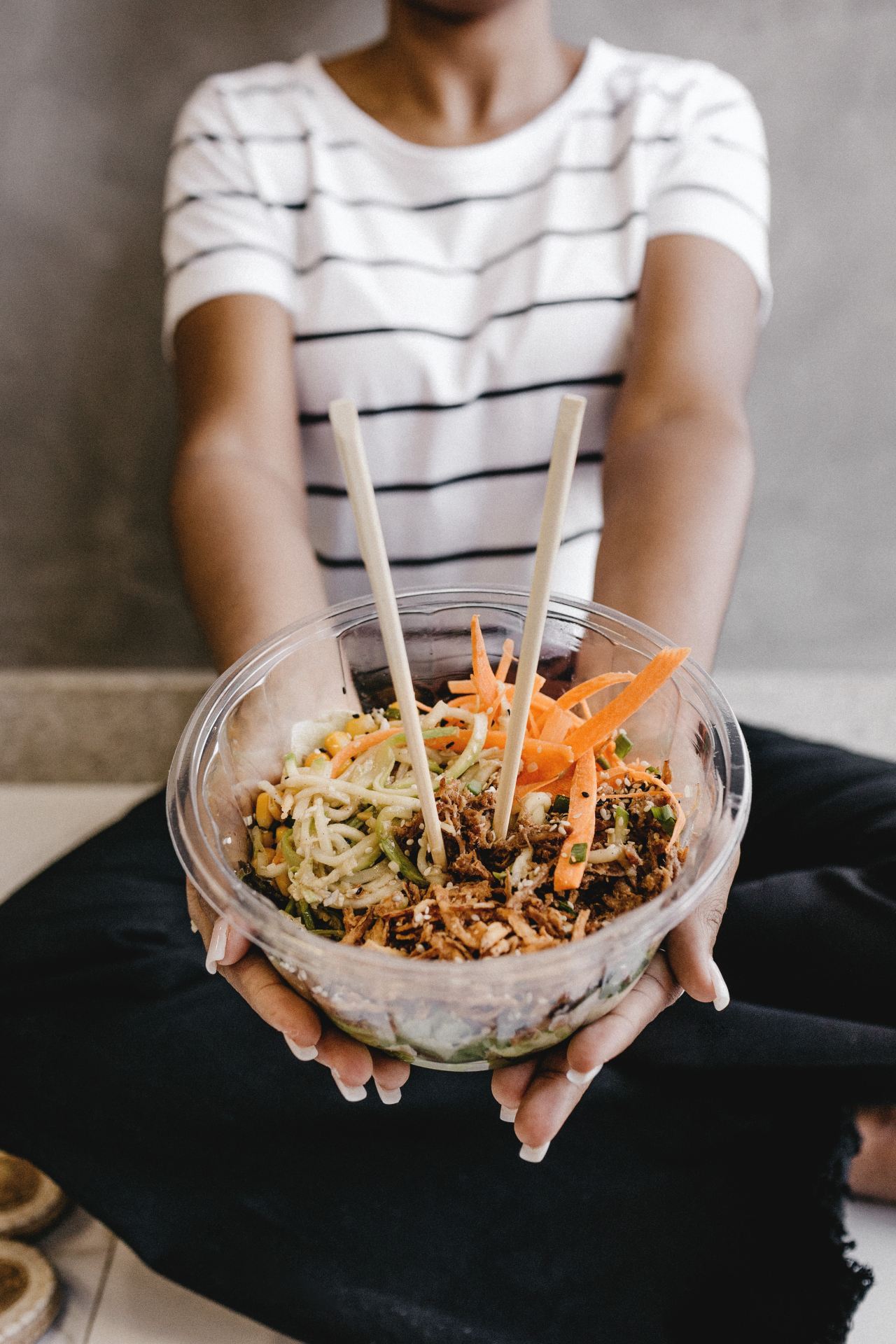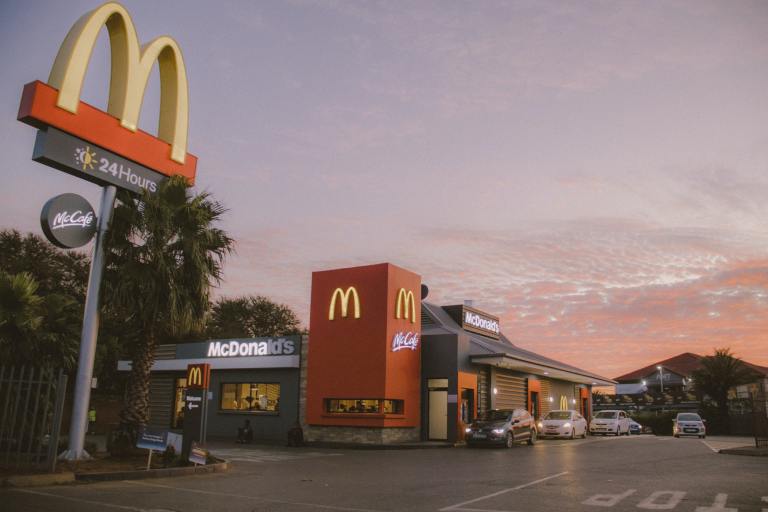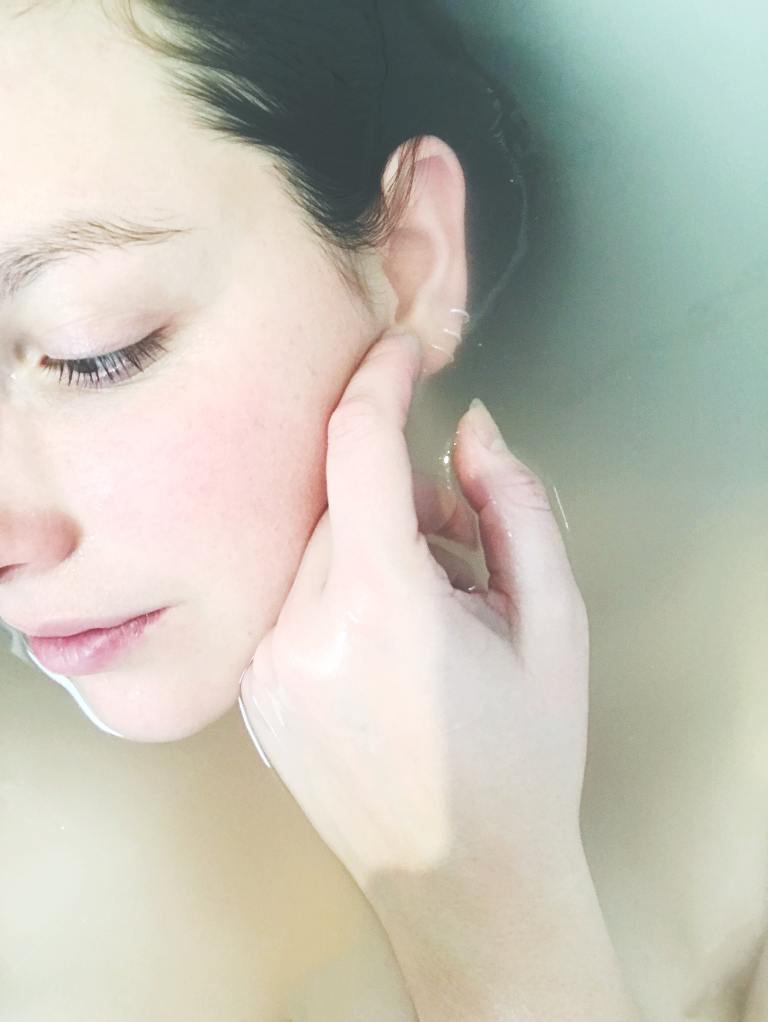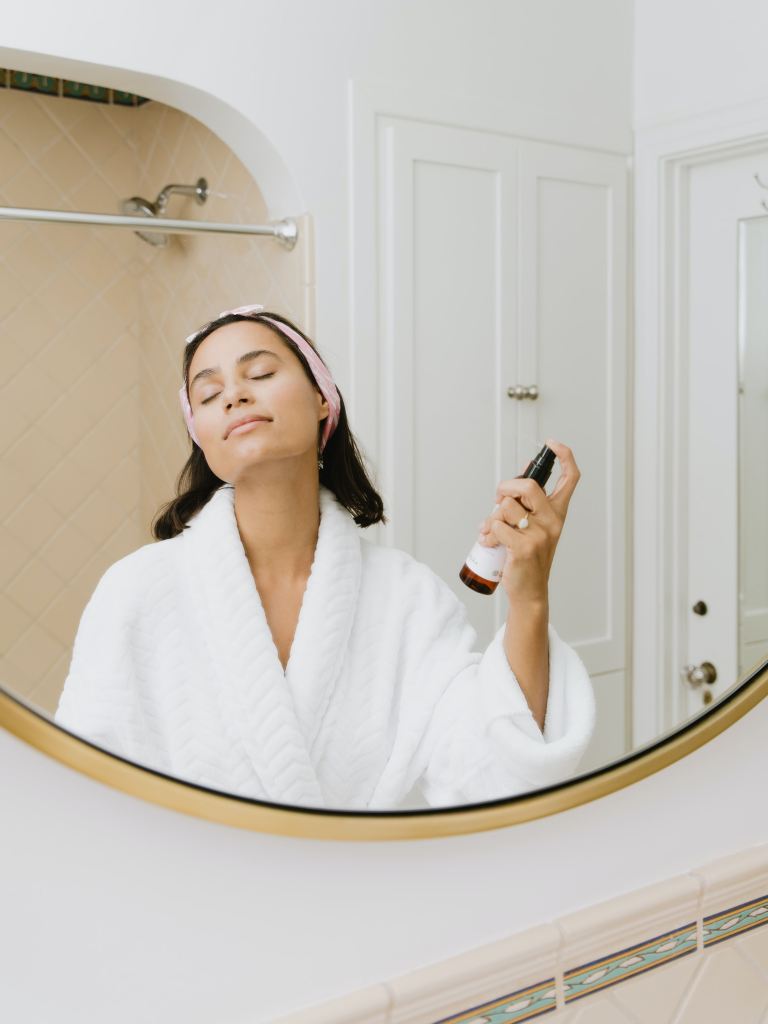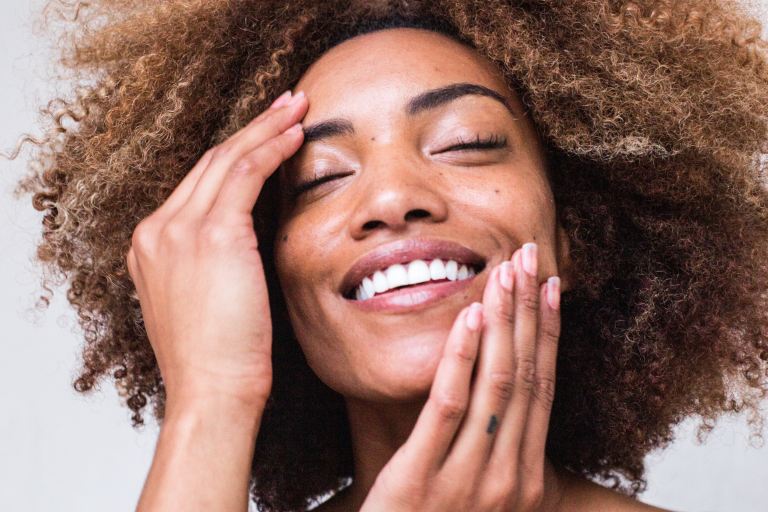How To Get The Best Skin Of Your Life Through Your Diet
Less acne, less wrinkles, more glow — all from what you’re eating.
Healthy skin starts from within.
You’ve heard it before, but is it really true? Absolutely!
1. Limit simple sugars and simple carbohydrates.
Increase your whole/minimally processed foods and decrease your processed and high-sugar consumption. WHO recommends limiting refined sugar to under 25 g per day, and to never exceed 50 grams.
Why does sugar matter? Excess sugar attacks the collagen in your skin, making it less elastic, AKA more wrinkles. It also triggers your adrenal glands to pump up androgen production, the hormone linked directly to acne!
Less: highly processed foods, candies, junk food, and simple sweeteners
More: sugar alternatives. Stevia, monk fruit, dates (super great — the carb: fiber ratio is perfectly balanced)
2. Reduce or eliminate dairy.
Nix (or greatly reduce) any form of cow dairy — most dairy is chock-full of hormones, which will trigger inflammation and hormonal imbalance.
Note: if you use protein powders, ditch they whey! They’re a byproduct of dairy. Go for plant-based, even if you’re not vegan.
Less: regular dairy and whey products — milk, yogurt, cheeses
More: goat’s milk products if you don’t want to quit dairy altogether; plant-based (usually nut-based) alternatives to all dairy products
3. Increase Omega-3 and decrease Omega-6.
Fats are actually super necessary for glowing, firm skin. Our cell membranes are made of phospholipids, which by definition are made of lipids (fat!). If you’re not consuming the amount of (good) fat you need, your cell rejuvenation is negatively impacted. Fats also help to build the oil barrier in our skin — which is what keeps the moisture in your skin from evaporating.
You don’t need to eliminate Omega-6 entirely, but you want your O-3 and O-6 in a balanced ratio of 1:1, or higher on the O-3 end than the O-6.
Omega-3s also reduce inflammation in the body, which contributes to gut health and overall health — including reduced acne and youthful skin.
Less: red meat, corn products, excessive chicken
More: avocados, salmon, cod liver oil, nuts (walnuts especially), chia seeds, hemp seeds, flax seeds
4. Reduce high-glycemic foods.
They enter your bloodstream quickly, immediately spiking your blood sugar — which triggers insulin (over)production in the body. When insulin overproduces, your hormones become imbalanced (the hormones that make your sebaceous glands freak out and cause acne).
Less: donuts, cakes, rice cakes, instant oats, white bread, cookies, simple cereals
More: sprouted grains, legumes, sweet potatoes, rolled or steel-cut oats, low-starch vegetables and fruits
5. Consume enough protein and Vitamin C.
Protein and Vitamin C are the building blocks of collagen, which is what your skin is made of. Most diets do contain the right amount of protein (the general rule of thumb is .35 grams of protein per pound of body weight), unless you’re on a calorie-restricted diet. Vitamin C is best obtained from fresh sources such as citrus, peppers, tomatoes, and broccoli, but it’s important to note that Vitamin C suffers when you’re under stress — so a supplement in those scenarios (or an increase in foods high in vitamin C)
6. Up the antioxidants.
Antioxidants fight the free radicals that age in your skin, in addition to helping eliminate toxins that affect your body in all aspects — everything from your digestion to cell turnover and immunity. As a general rule, the darker the color, the higher the antioxidant level (rich-colored berries; deep red pomegranates; beets; super dark greens).
7. Hydrate.
Water keeps your body functioning optimally, and your skin glowing. The rule of thumb: drink approximately .5–1 oz per pound you weigh (example: if you weigh 125 pounds, 62.5–125 oz), but of course more if you are participating in physical activity/sweating outdoors/losing water other ways.
And on that note, limit or eliminate caffeine and alcohol.
Caffeine and alcohol can both trigger hormonal responses in the body that are not conducive to youthful skin, but if you do consume either, be sure to drink the equivalent — or more — of the amount in water within the 30 minutes of consumption. Why? Caffeine and alcohol essentially limit your body’s ability to regulate hydration, so keeping properly hydrated will counteract the dehydration.
8. Consume more prebiotics and probiotics.
At this point, you’ve likely heard about how beneficial probiotics are for your digestion and gut health — and the hormonal and neural health linked to the gut health and reduced inflammation. But it’s not just probiotics — they rely on prebiotics to do their job. Probiotics are the good bacteria for the gut; prebiotics are food for that bacteria to flourish best. We’re not saying probiotics alone aren’t great — there are likely foods that you’re already consuming that have prebiotics — but we are saying that it doesn’t hurt to make sure you’re balancing consumption of both.
For probiotics, consume: any “live” and fermented foods such as kimchi or pickles and pickled veggies, yogurt (dairy or plant-based — make sure it’s not sweetened with excess sugar!), kombucha, kefir
For prebiotics, consume: dandelion greens, bananas, asparagus, oats, barley, cocoa, flaxseed, apples, leeks, garlic, onions
